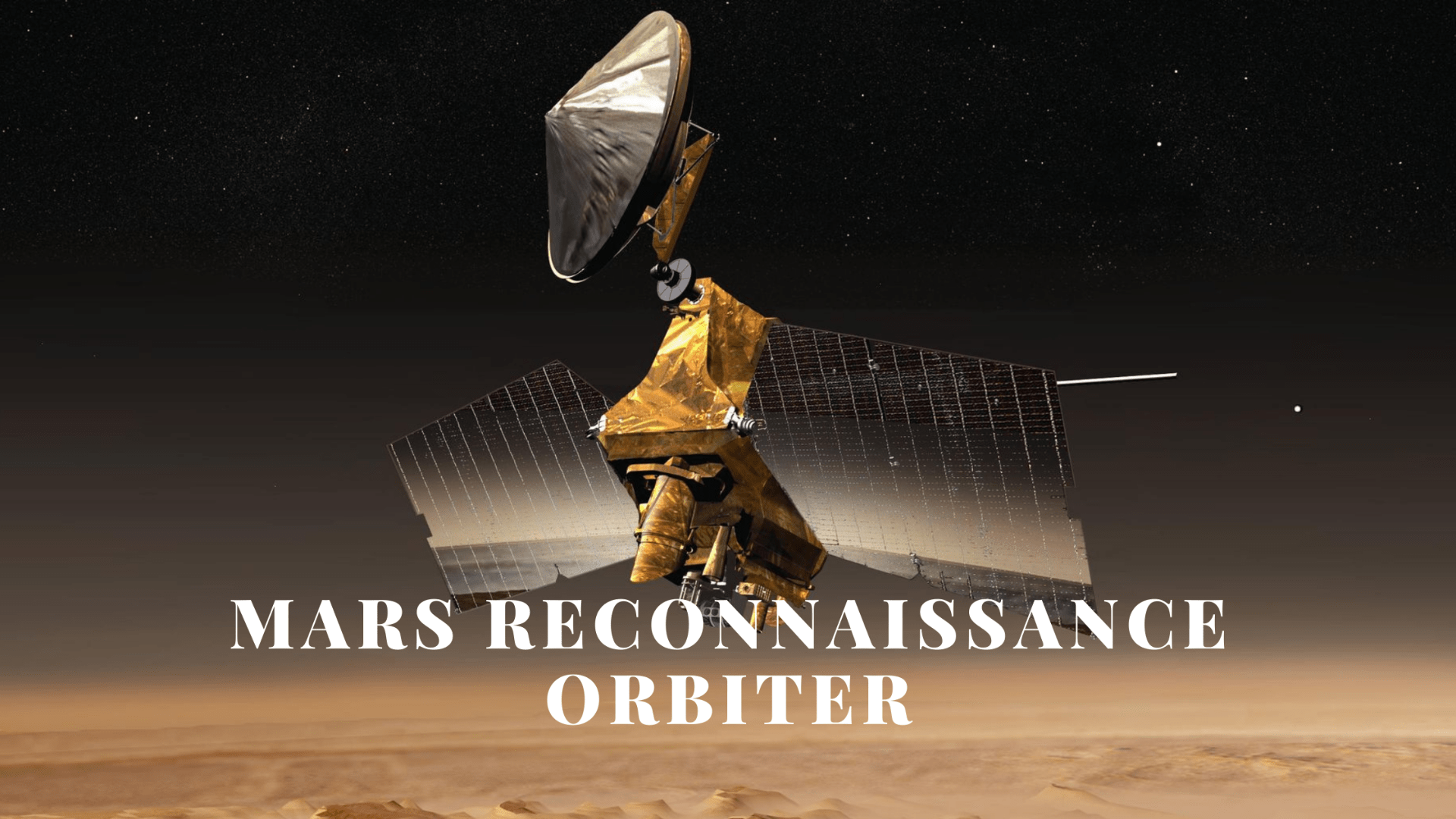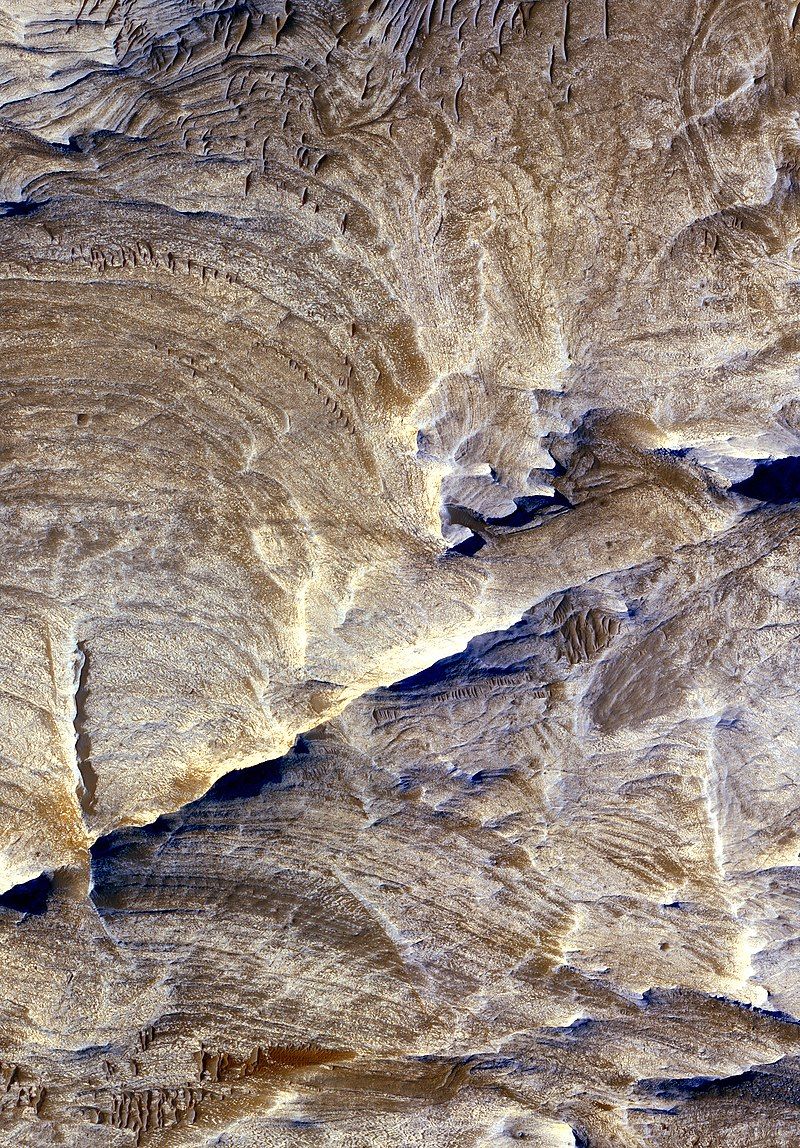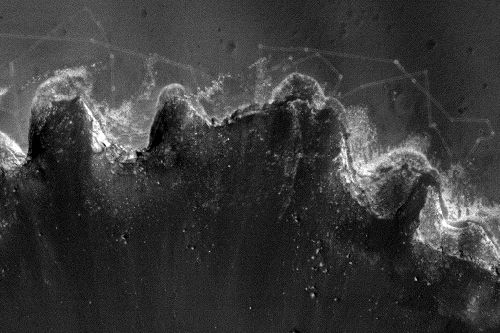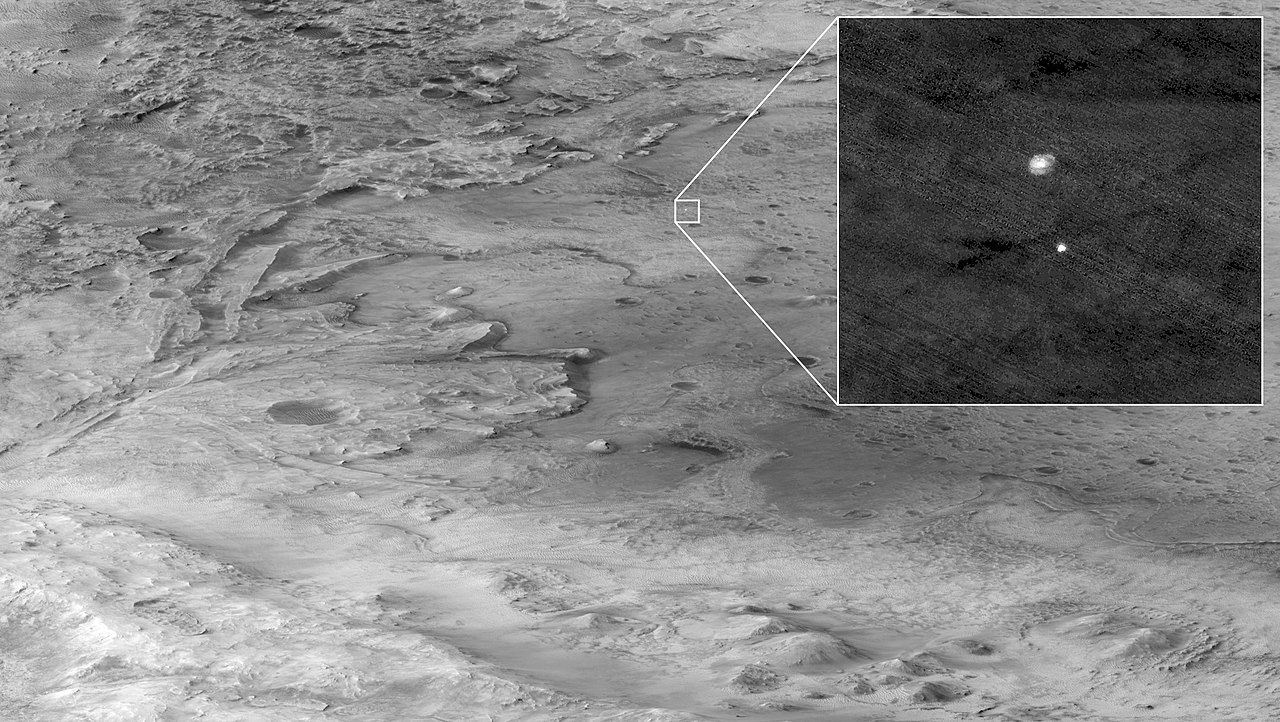
Mars Reconnaissance Orbiter

Mars Reconnaissance Orbiter (MRO) is a NASA spacecraft designed by Lockheed Martin to study the climate and geology of Mars, provide data on future prospective landing sites, and relay information from surface missions back to Earth. MRO is still operational at Mars, far beyond its intended lifespan, and because of MRO's role as a high-speed data-relay, NASA has extended plans for MRO for as long as possible.
After the dual failures of the Mars Climate Orbiter and the Mars Polar Lander missions in 1999, NASA was forced to reorganize and replan the Mars Exploration Program. NASA announced its reformulated plans for Mars exploration in October 2000, which reduced the number of planned missions and introduced the theme of following the water. The plans included the Mars Reconnaissance Orbiter, which was set to launch in 2005.

MRO has both primary scientific and "mission support" objectives. The formal science objectives are to: observe the present climate, particularly its atmospheric circulation and seasonal variations; search for signs of water, past and present, and understand how it altered the planet's surface; and map and characterize the geological forces that shaped the surface. There are also two mission support objectives for MRO, which are: provide data relay services from ground missions back to Earth and characterize the safety and feasibility of potential future landing sites and Mars rover traverses. MRO played a crucial role in choosing safe landing sites for the Phoenix lander, Mars Science Laboratory, InSight lander, and the Perseverance rover.

MRO began orbital insertion on March 10, 2006, and passed above Mars' southern hemisphere at an altitude of 370–400 kilometers (230–250 mi). The orbital insertion placed MRO in a highly elliptical polar orbit for approximately 35.5 hours. Shortly after insertion, the periapsis, the point in the orbit closest to Mars, was 426 km (265 mi) from the surface. The apoapsis, which is the point in the orbit farthest from Mars, was 44,500 km (27,700 mi) from the surface.
On March 30, 2006, MRO began aerobraking, a procedure that cuts the fuel needed in half to achieve a lower, more circular orbit. After the aerobraking process was complete, MRO used its thrusters to move its periapsis out of the Martian atmosphere's edge in August 2006. The next month, MRO fired its thrusters to fine-tune its nearly circular final orbit pattern to approximately 250-316 km (155-196 mi) above the surface of Mars. The SHARAD radar antennas were deployed later that month. All of the scientific instruments on MRO were tested, and most were turned off before the solar conjunction that took place for nearly all of October 2006. The "primary science phase" began after the solar conjunction ended.

The continued use of HiRISE has returned images that have enabled geological discoveries for the surface of Mars. The most instrumental of these is the presence of banded terrain, which indicates the action and presence of either liquid carbon dioxide or water on Mars' surface in its recent geological history. HiRISE was also able to capture the parachuted descent of the Phoenix lander to Vastitas Borealis on May 25, 2008.

The Mars Reconnaissance Orbiter accomplished another significant breakthrough on March 3, 2010, as it was responsible for transmitting over 100 terabits of data back to Earth. This was more data than all other interplanetary probes had. On August 6, 2012, MRO passed over the landing site of the Mars Science Laboratory mission, Gale crater, during its EDL phase. It captured an image of the Curiosity Rover descending with its backshell and supersonic parachute.

On October 19, 2014, Mars Reconnaissance Orbiter, MAVEN orbiter, and the Mars Odyssey Orbiter had a chance to study the Comet Siding Spring flyby. The Mars Reconnaissance Orbiter, on July 29, 2015, was placed into a new orbit to provide communications support during the InSight Mars lander mission's anticipated arrival in September 2016. InSight, however, was delayed, and the 2016 launch window was missed. InSight was later successfully launched on May 5, 2018, and landed on Mars on November 26, 2018.
The Mars Reconnaissance Orbiter is still in operation and is continuing to provide instrumental data on Mars. MRO has outlived its initial operational goals by nearly 10 years and is set to continue through the late 2020s.
